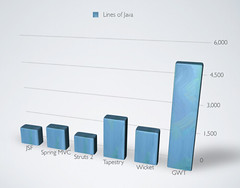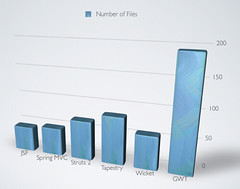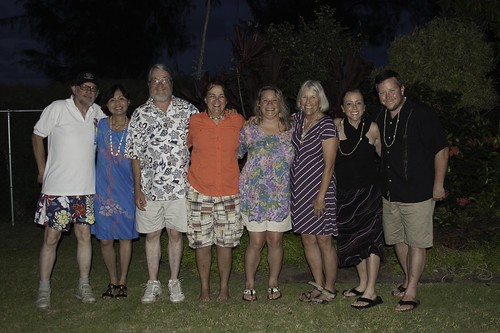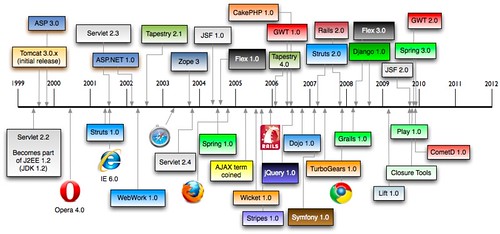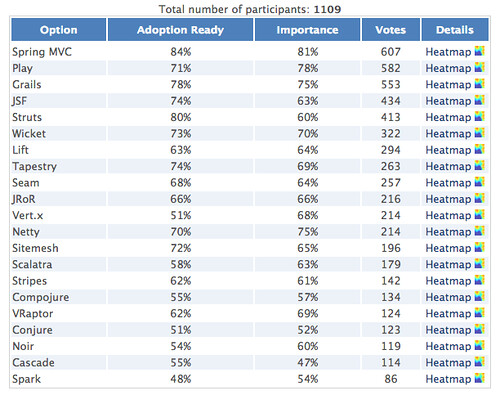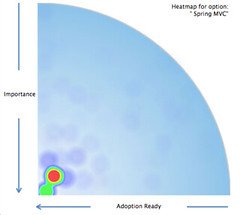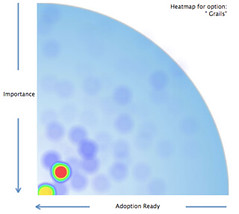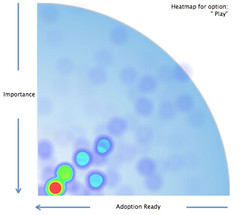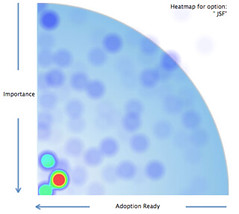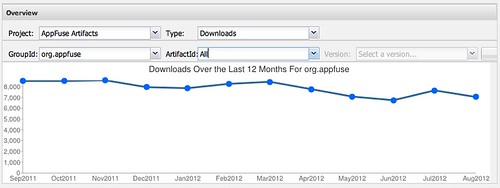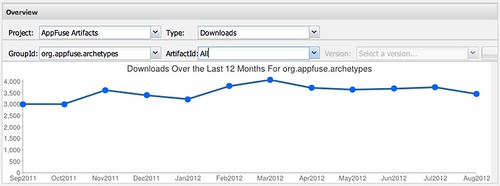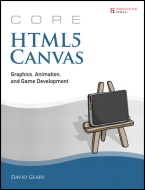Integrating GWT into AppFuse
 I've been interested in integrating GWT into AppFuse ever since I blogged about it 4 years ago. A few months after that post, I wrote about Enhancing Evite.com with GWT and Grails. After Evite, I had a gig near Boston where I developed with GXT for the remainder of the year. When all was said and done, I ended up spending a year with GWT and really enjoyed my experience. I haven't used it much since.
I've been interested in integrating GWT into AppFuse ever since I blogged about it 4 years ago. A few months after that post, I wrote about Enhancing Evite.com with GWT and Grails. After Evite, I had a gig near Boston where I developed with GXT for the remainder of the year. When all was said and done, I ended up spending a year with GWT and really enjoyed my experience. I haven't used it much since.
GWT is scheduled to be integrated into AppFuse in version 4.0. That's quite a ways off. The good news is you might not have to wait that long, thanks to Iván García Sainz-Aja. Iván let us know about his work a couple weeks ago in an email to the appfuse-dev mailing list.
It's still work in progress but it has already most of AppFuse functionality..
If you want to give it a try
https://github.com/ivangsa/appfuse.git
the quickest way to have a go would be
web/gwt> mvn -P gwtDebug -Dgwt.inplace=true gwt:compile jetty:run
at the moment it still requires this fork of gwt-bootstrap to be compiled first
https://github.com/ivangsa/gwt-bootstrap.git
It needs a lot of testing yet but it's getting quite there
As you can imagine, I was very excited to hear about Iván's work. So I cloned his repo, built gwt-bootstrap locally and checked it out. Functionality wise, it was great! However, when I dug into the source code, I found a whole lotta code.
To see how the GWT flavor compared to the other implementations in AppFuse, I created a cloc report on the various web frameworks in AppFuse. I'm sure these reports could be adjusted to be more accurate, but I believe they give a good general overview. I posted some graphs that displays my findings in visual form.
When I sent this to the mailing list, Ivan responded that it was a lot of code and estimated 12 new files would be needed to CRUD an entity. This sure seems like a lot to me, but he defended this yesterday and noted that his implementation follows many of GWT's latest best practices: MVP pattern, Activities and Places, EventBus, Gin and Guice. He also shared a wiki page with explanations and diagrams of how things work.
The reason I'm writing this post is to get more feedback on this implementation. First of all, does GWT really require this much code? Secondly, are there other GWT implementations that reduce a lot of the boilerplate? SmartGWT, Vaadin* and Errai come to mind.
If you were starting a new GWT project and using AppFuse, how would you want it implemented?
* Vaadin 7 claims it can be used as a drop-in replacement for GWT. I tried replacing the gwt-servlet and gwt-user dependencies with Vaadin's, but it didn't work.


